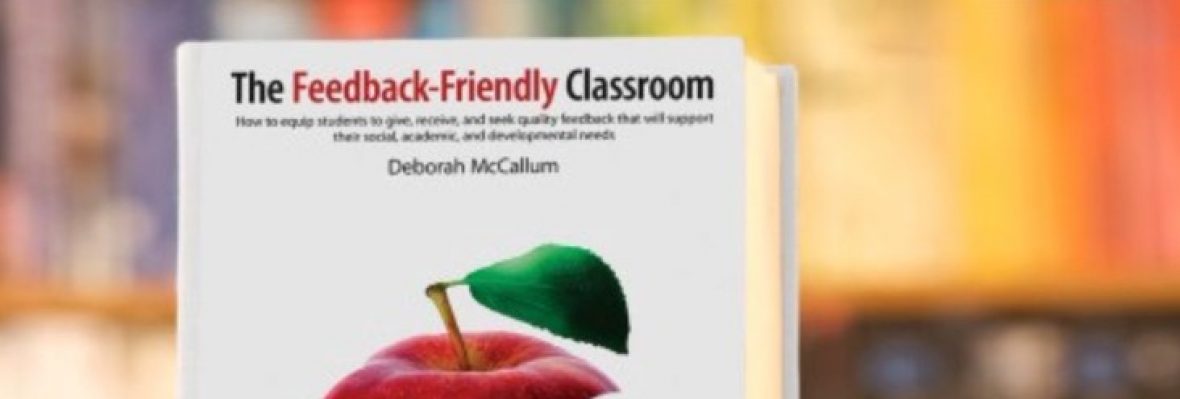
Holistic teaching involves more than just curriculum expectations and standardized testing. It is about teaching our students to connect their own feelings, emotions, and experiences with the knowledge to create meaning. Teaching holistically is important to foster a culture of inclusiveness, cooperation, and empathy in our classrooms.
We may understand the philosophy behind the holistic approach, but why then is it so difficult to implement? This is not an easy question to answer, especially in an age where standardized tests & scoring methods, and limited time frames to teach curriculum are a driving motivation for many educators.
So my question is, should we teach holistic teaching practices as add ons to our standardized pedagogies and practices? OR do we abandon ‘teaching to the test’ practices for holistic teaching methods? Can it, or should it, even be both?!?
In his paper on the Transformational view of teaching, Johnson (2005), asks the poignant question,
- are public schools are merely 13-year conveyor belts where all students march along, being given standardized parts at predetermined times?
This is a very important question to ask, because we can never truly expect to lead all students to a standardized set of predetermined outcomes or conclusions. We understand that emotions, feelings, thoughts, and personal experiences inextricably interact with information to create new knowledge.
As Johnson (2005) states,
- ‘if standards become standardized, then we risk opportunities to create caring, intelligent, and self-actualized people. Education is not something that is done to students, it is something that students do’.
Therefore, transforming our own teaching philosophies and skill sets into a more Holistic approach is vital to creating a meaningful education and promoting a strong sense of Community, Culture, and Caring.
Holistic education is:
- Based on interconnectedness. This is also a key value to embed that respects FNMI cultures.
- Infusing meaning, consciousness & interconnectedness into the curriculum
- Helping students to discover their full potential
- Allowing educators and students alike to perceive the interconnectedness of all life systems
- transforming our consciousness
Interconnectedness is vital because it really helps students to understand themselves, effectively engage in problem solving, make decisions, and effectively use emotion and intuition in all settings. We as educators need to not merely present the facts and the reasoning, but also attend to the emotions and how personal feelings can inform us about our actions and the actions of others.
How to foster Interconnectedness:
- Explore students’ personal experiences and create welcoming environments
- Learn to live in harmony with others and other life systems
- Facilitate an understanding of how the lives of students affect or connect with others around the world
- Teach the Seven Grandfather Teachings and help students to walk their own ‘Good Paths’ in life.
Educators do still need to define the knowledge and skills that needs to be learned within the curriculum, and we will always need to be aware of our skills sets and employ them as teachers, however, we can still help students explore what it means to be human in the world. Despite the fact that this is not something that is easily quantified, and therefore, often left out of most curriculum and lesson plans, we can work to infuse it into our practice.
How Pedagogy can inform practice:
- Utilize yourself as an educator to create meaningful experiences for students, and be open to students authentic experiences and how those can shape the learning in class.
- Engage in inquiry based learning and teaching, where questions are just as important as answers
- Attend to the everyone’s internal states, ie., emotions, intuition, consciousness, values
- Embed First Nations, Metis & Inuit cultures, values and knowledge throughout the curriculum and pedagogy.
Authentic Assessment:
Holistic teaching also incorporates Authentic assessment strategies. Assessment should not merely be about testing a core set of knowledge in and of itself. Therefore, it is important to continually assess students’ evolution toward personal goals and examine extent to which students are engaged in meaningful experiences (Johnson, 2005).
Assessment and evaluation does not need to merely be tied directly to the content within the curriculum, but can, and should, be about linking it to students personal thoughts and emotions. If we as educators want to engage in holistic teaching practices, we need to help our students to understand and learn that there is more than one way to complete a task, and that thinking is fluid and can always be changed. We also need to promote a freedom of expression, encourage deeper and more creative thinking, and to always have fun with learning!
Final Thoughts:
It is not just about adopting a ‘holistic’ teaching philosophy, it is about creating your own teaching philosophy that is holistic in nature. It is also about incorporating interconnectedness, emotions, intuitions, experiences, and consciousness of yourself as an educator, and of your students. It is a personal approach, that will inform your own philosophy, and will look different with every new learner you are working with.
Reference:
Johnson, A. P. (2005). I Am a Holistic Educator, Not a Dancing Monkey. Encounter, 18(4), 36-40.
Deborah McCallum
© Deborah McCallum and Big Ideas in Education, 2012 – 2014. Unauthorized use and/or duplication of this material without express and written permission from this blog’s author and/or owner is strictly prohibited. Excerpts and links may be used, provided that full and clear credit is given to Deborah McCallum and Big Ideas in Education with appropriate and specific direction to the original content.

Reblogged this on iPads in the Classroom and commented:
I really admire Deborah McCallum’s articulate reflections on authentic teaching practices. Check out her blog. Everyday I try to be less of a dancing monkey and to give over control and ownership of my students’ learning.
LikeLike